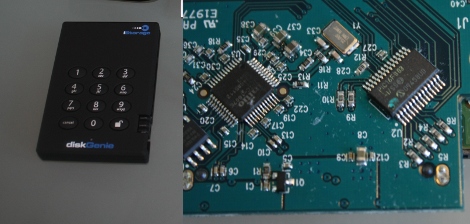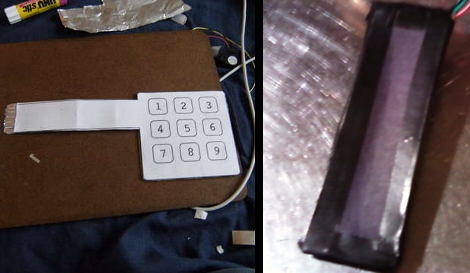
[Dan McGrath] tipped us off about a solution for a problem that most people don’t have. He built a web-based entry system for his garden gate. This isn’t quite as original as that chain and sprocket dorm room system, but it does use a keypad for entry. [Dan’s] already got a web server and home automation box that is always running. He coded a webpage that presents a virtual keypad for code entry. If the right code is input the system unlocks the electronic strike on the other side of this gate. Since the interface is a web page you can load if from any web browser (an iPhone is used for demonstration purposes after the break). But if you don’t have internet access you’re in trouble; there’s no physical keypad. But we guess you could always just jump the fence. Continue reading “Automated Entry For A Garden Gate”
















